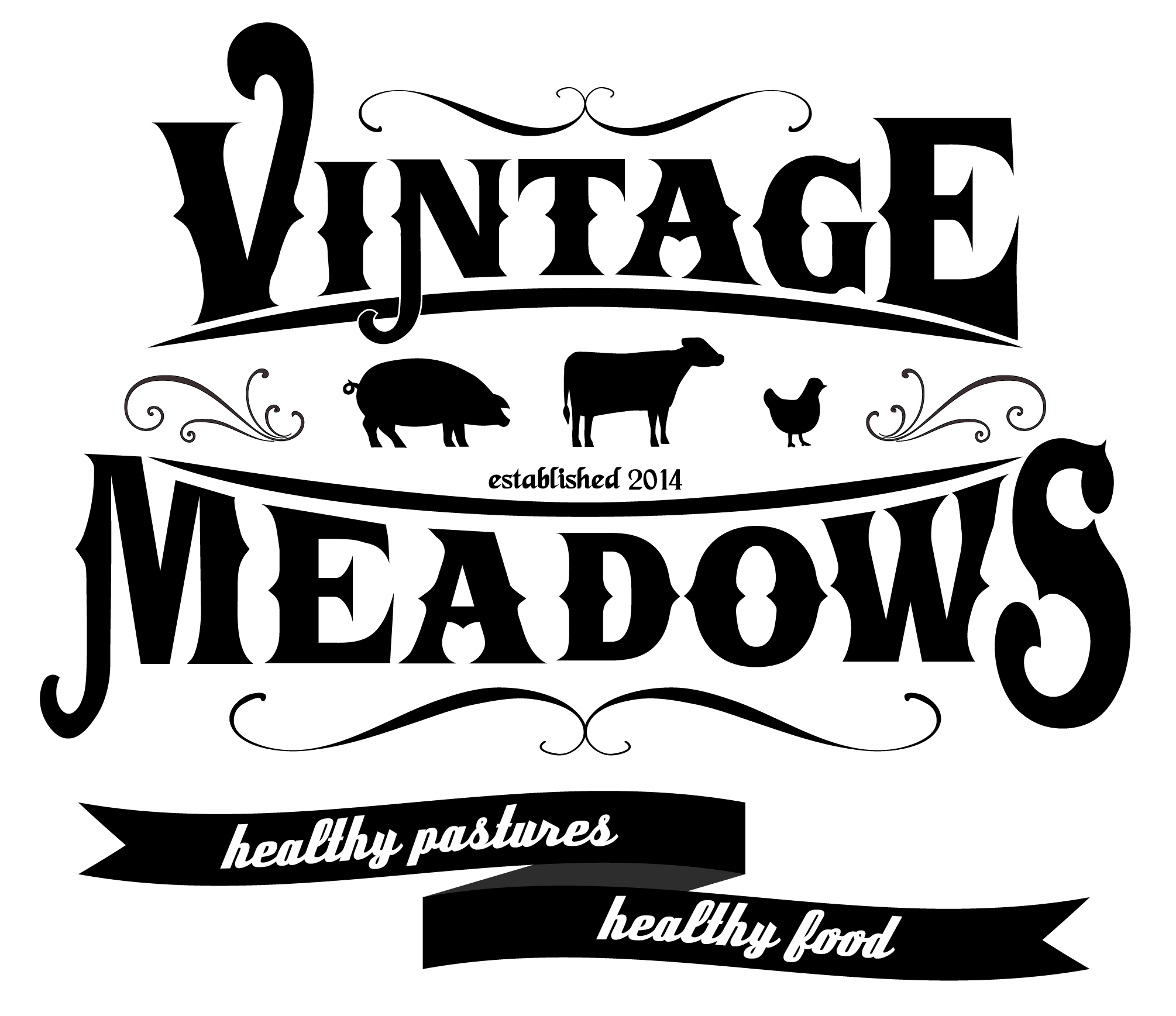Growing an Attitude of Gratitude
Our trees are actually starting to turn GREEN!
“Say thank you!”
How many times did you as a child hear that from the grownups in your life? How many times do you repeat those words to the little ones in your life now? Learning to express gratitude to people is taught from a young age. It’s important! It’s mannerly. Gradually, we learn to recognize and express thankfulness for other things as well.
“I’m thankful for this amazing meal!” or “I’m thankful we were able to get the new car we needed.” We learn to be thankful that our needs are met, or for the occasional unexpected blessing. But for how many of us does it stop there? When did it become normal to go through life limiting our conscious recognition of the things we are thankful for? Why do we voice our thankfulness for the rain, but not for the peaceful feeling it brings? Why do we thank someone for a gift, but not for the faithful endurance of the friendship? Is it really that important? Let’s take a look.
An article from Harvard University defines gratitude as “a thankful appreciation for what an individual receives, whether tangible or intangible” (Harvard, 2021). The author pointed out how the individual usually ends up recognizing that these blessings come from outside oneself and result in a connection with “something larger than themselves as individuals — whether to other people, nature, or a higher power” (Harvard, 2021). Psychologists have been researching the effects of gratitude in a branch of psychology known as positive psychology. Some outcomes of regularly practicing gratitude are stronger relationships, better physical health, improved mental health, and greater strength to deal with hardships (Harvard, 2021).
One study psychologists conducted followed up with three groups of people. The first group wrote a few sentences about a positive experience every day. The second group journaled about things that irritated them throughout the day, while the third group simply wrote about their days with no emphasis on any emotion. After two and a half months, the first group had a better outlook on life and were also exercising more than the other two groups, resulting in improved physical health as well as mental health (Emmons & McCullough, 2003).
Countless other studies which looked at relationships and the effects of gratitude have consistently shown similar results: marriages in which the two parties regularly took time to express gratitude to each other are happier and healthier; job environments where management thanked employees have higher retention rates and more positive, productive workplaces (Harvard, 2021)
Gratitude. Changes. Everything. And with the effects being overwhelmingly positive, why aren’t more people incorporating gratitude practices into their daily routines?
I have a couple of ideas. One, gratitude is not our default. As human beings, our natural tendency is to focus on the inconvenient, the irritations, and the negative. Overlooking those things in favor of being thankful instead just doesn’t come naturally to us. It takes effort, but perhaps that is why it is so rewarding. Another idea is that building habits is hard. On average, people take about a month to develop and solidify a new habit. People have to be committed to being grateful if they want to make a habit of it!
You might be wondering how gratitude connects to our farm, and the truth is, gratitude and positivity are central to what we do. Vintage Meadows recognizes the power of gratitude, and we are committed to infusing every operation and interaction with thankfulness. We are blessed to be able to say that the Vintage Meadows community overwhelms us with gratitude in return. I wish we could share all the emails, texts, and calls we get from you all, and we love seeing the social media posts and shoutouts! Your words are so encouraging and bright, and we are so grateful we get to serve you. Recently we shared an Instagram story where we asked you what you are thankful for; here’s what you said:
Here are some practical ways to incorporate gratitude into your day. Start each day with telling the first person you see (spouse, child, coworker, parent, friend) something you’re thankful for that you’ve never voiced before. When you place your Vintage Meadows order, write a few things you’re thankful for in the notes section - we’d love to be a part of the gratitude growth! Sometimes finding words to describe a feeling of gratitude can be difficult. Challenge yourself and take some time to journal about it. Pass on the spirit of gratitude by asking others what THEY are thankful for.
We invite you to join us as we continue to grow our gratitude attitudes. Tell us the stories of how gratitude is impacting your life! How can you grow and share gratitude in this coming week? Email us and let us know!
References
Emmons, R. A. & McCullough, M. E. (2003). Counting blessings versus burdens: An experimental investigation of gratitude and subjective well-being in daily life, Journal of Personality and Social Psychology, 84(2), 377–389. DOI: 10.1037/0022-3514.84.2.377
Harvard Health Publishing. (2021). Giving thanks can make you happier. https://www.health.harvard.edu/healthbeat/giving-thanks-can-make-you-happier#:~:text=In%20positive%20psychology%20research%2C%20gratitude,adversity%2C%20and%20build%20strong%20relationships.









